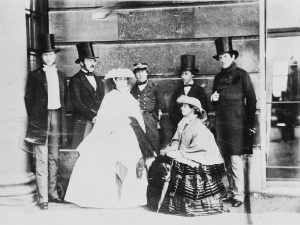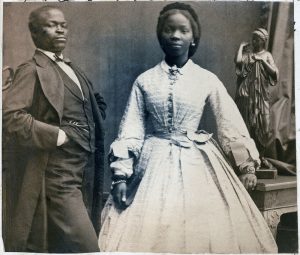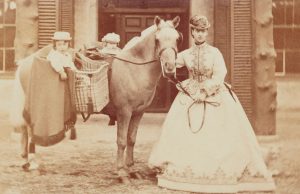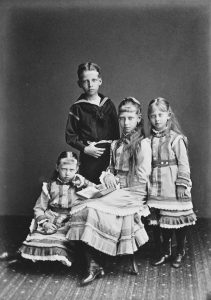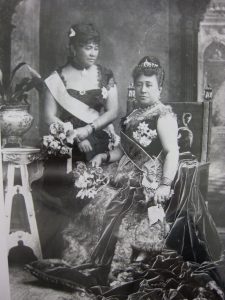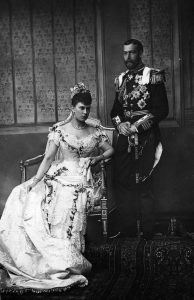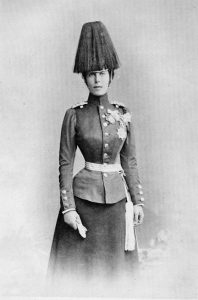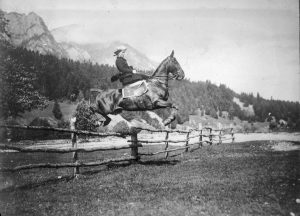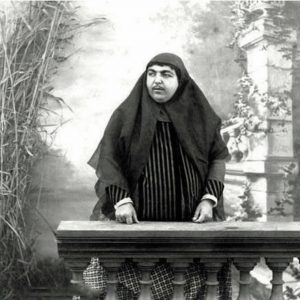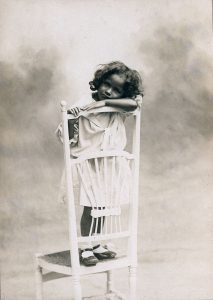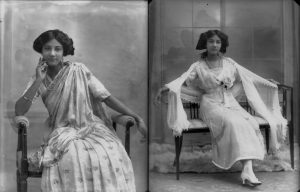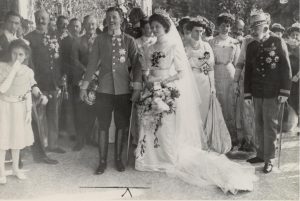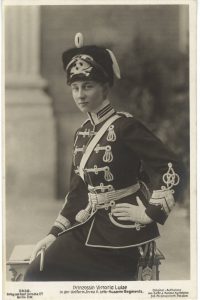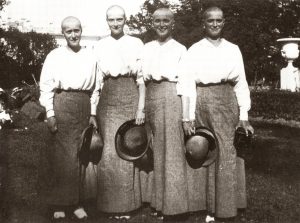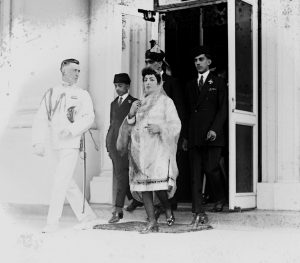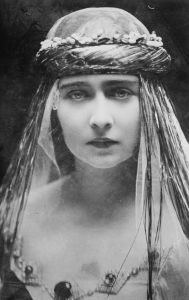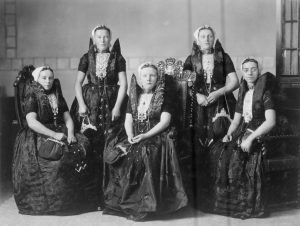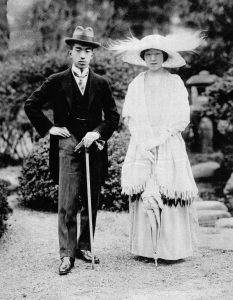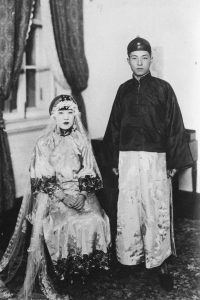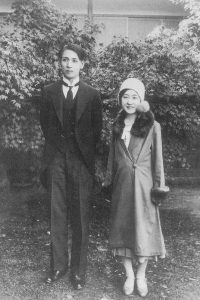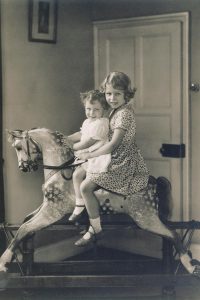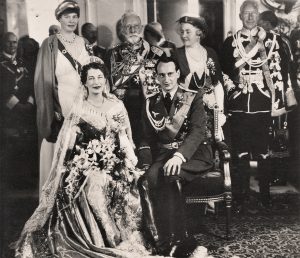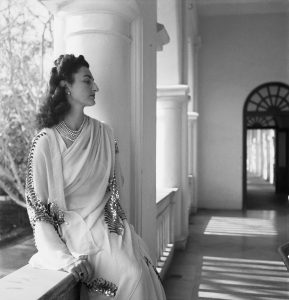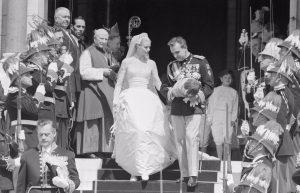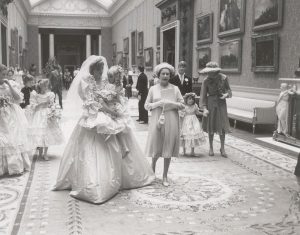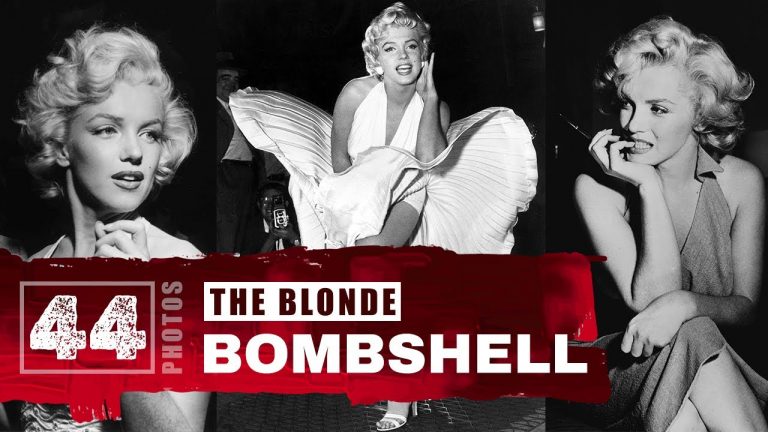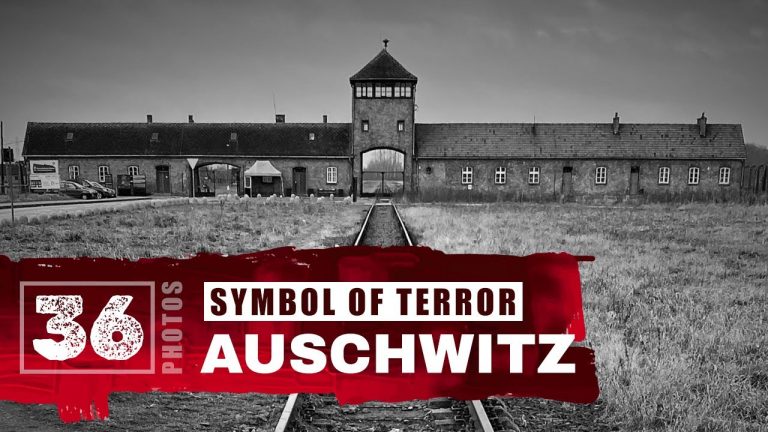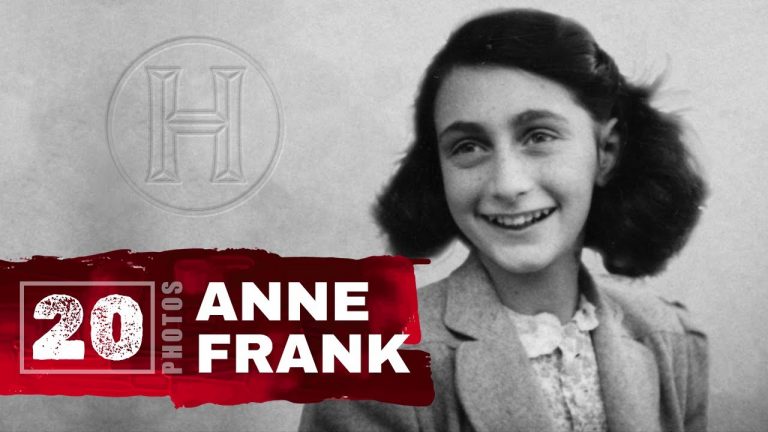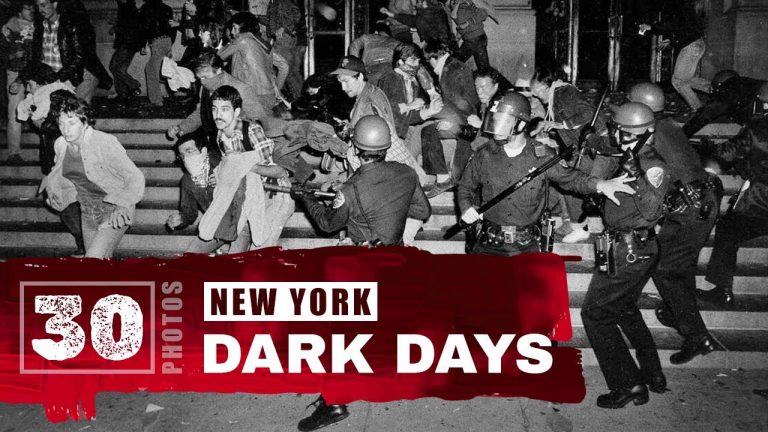Embark on a visual journey through royal history, spanning from the aristocratic conventions of the 1859 Royal Gathering to the iconic elegance of Princess Diana in 1981. Witness the grandeur, trials and moments that defined royal personalities, cultures and eras.
Royal Gathering (1859)
In 1859, notable European royals including Prince Philippe of Belgium, future King Luis of Portugal, Prince Albert, King Leopold I, Princess Alice, and Queen Victoria were interconnected through marriage, alliances, and shared interests, influencing the continent’s political landscape.
Sarah Forbes Bonetta – Slave to Royal (1860s)
Sarah Forbes Bonetta, a West African Egbado princess of the Yoruba people who was orphaned in intertribal warfare, sold into slavery and, in a remarkable twist of events, was liberated from enslavement and became a goddaughter to Queen Victoria. 1860s.
Princess of Wales & Sons (1866)
In 1866, Princess Alexandra of Wales, wife of future King Edward VII, had two sons: future King George V and his elder brother Albert, who died young. Alexandra was Danish, promoting Anglo-Danish relations, vital amid European power shifts.
Prince Waldemar & Sisters (1878)
In 1878, Prince Waldemar enjoyed the company of his sisters: Princess Sophie, Victoria, and Margaret. They were noteworthy figures of European nobility.
Hawaii Royals at Jubilee (1887)
In 1887, Queen Kapiolani and Crown Princess Liliuokalani of Hawaii attended Queen Victoria’s Golden Jubilee, presenting the global presence of Hawaii’s monarchy and forming diplomatic ties, despite the looming threat of American annexation.
King George & Princess Mary of Teck (1893)
On July 6, 1893, King George 5th married Princess Mary of Teck. Surprisingly, Mary had been previously engaged to George’s elder brother, who passed away unexpectedly. She later ascended to the throne as Queen Mary, leaving a lasting impact on British royal history.
Victoria Melita in Uniform (1897)
Grand Duchess Victoria Melita of Hesse, originally a Saxe-Coburg and Gotha princess, was the colonel-in-chief for the 117th Infantry regiment. Remarkably, this distinguished royalty displayed her powerful influence, breaking the conventional female roles in uniform (1897).
Princess Marie Leaps Sidesaddle (1900s)
Despite the constraints of sidesaddle riding, Princess Marie of Romania demonstrated impressive equestrian ability and non-conformity by daringly jumping over a fence, challenging societal norms in the early 20th century.
The Persian Princess Qajar (1900s)
Princess Qajar, a symbol of Persian beauty in the 19th century, allegedly had thirteen men take their own lives over her unrequited love. This reflects intense romantic notions of her era, despite her unconventional beauty by modern standards.
Marie-Louise Razafinkeriefo (1901)
In 1901, Princess Marie-Louise Razafinkeriefo, a member of Madagascar’s regal lineage, served as a key figure in her era. A prominent historical icon, her life is an intriguing tale of royalty.
Princess Sudhira, London (1910)
Princess Sudhira of Cooch Behar, charmingly unconventional, flaunted Edwardian norms in London, 1910. The Indian royal’s daring motorcycle rides and assertive personality intrigued high society, creating a unique cross-cultural exchange during an era defined by rigid British imperialism.
Prince Charles and Princess Zita (1911)
The wedding of Prince Charles of Austria and Princess Zita in 1911 united two royal houses, Habsburg and Bourbon-Parma. The pair only met ten days before their engagement, yet enjoyed a remarkably strong and loving 25-year marriage.
Princess Victoria of Prussia (1913)
Princess Victoria of Prussia, showcased her royal prestige in 1913, donning ceremonial military attire. As Kaiser Wilhelm 2nd’s sister and Queen Victoria’s granddaughter, she interestingly bore contrasting allegiances during World War 1.
Bald Romanovs (1917)
After shaving their heads due to measles in 1917, the Romanov princesses, under house arrest, wore wigs and scarves, adding an unusual twist to their captive circumstances at the Alexander Palace.
Princess Fatima (1921)
In July 1921, notorious impersonator Stanley Clifford Weyman, under the guise of “State Department Naval Liaison Officer,” had a successful encounter with President Harding, exiting the White House in the company of Afghan royalty, Princess Fatima and her sons.
Princess Maria of Romania (1922)
In 1922, Princess Maria of Romania ascended to her regal life as the Queen of Yugoslavia through her grand wedding, marking a key chapter in European royal history.
Princess Juliana in Axel Attire (1923)
In 1923, Princess Juliana from the Netherlands was captured in the traditional attire of Axel, a unique moment displaying the royal’s embrace of regional cultural heritage.
Prince Hirohito and Princess Nagako (1924)
In 1924, Crown Prince Hirohito, destined to become Emperor Showa of Japan, was wed to Princess Nagako, later known as Empress Kojun – a remarkable royal event.
Kawashima Yoshiko (1927)
Yoshiko Kawashima, a Manchu princess turned Japanese spy in the 1930s, utilized her beauty and higher social status to influence and manipulate political relations and released vital confidential information, fundamentally swaying the Sino-Japanese War.
Princess Deokhye – Joseon Dynasty (1931)
In 1931, Deokhye, the final princess of the Joseon dynasty, wedded Takeyuki So, her Japanese consort. Destined for a life of hardship in Japan, her story is emblematic of Korea’s struggle under Japanese rule.
Royal Sisters’ Ride (1932)
A 1932 photograph showcases a young Princess Elizabeth and Princess Margaret playfully riding a rocking horse – a charming early glimpse of the cherished bond between the future Queen Elizabeth II and her only sibling.
Dutch Princess Juliana (1937)
In 1937, young Princess Juliana visited exiled German Kaiser Wilhelm II at Huis Doorn. This unusual meeting symbolized the Netherlands’ neutrality during WWI and foreshadowed its involvement in the upcoming WWII.
Princess Durdana (1946)
Durdana Begum, the princess of Hyderabad, India during the pivotal year of 1946, was a remarkable figure deeply rooted in her city’s history, exemplifying regal traditions and cultural richness.
Grace Kelly – Wedding (1956)
Grace Kelly at her wedding to Prince Rainier, Monaco, 1956. Her bridesmaids, including her sister Peggy, wore golden yellow dresses. Both of her dresses for the civil and religious ceremonies were designed by the celebrated Hollywood costumier Helen Rose.

